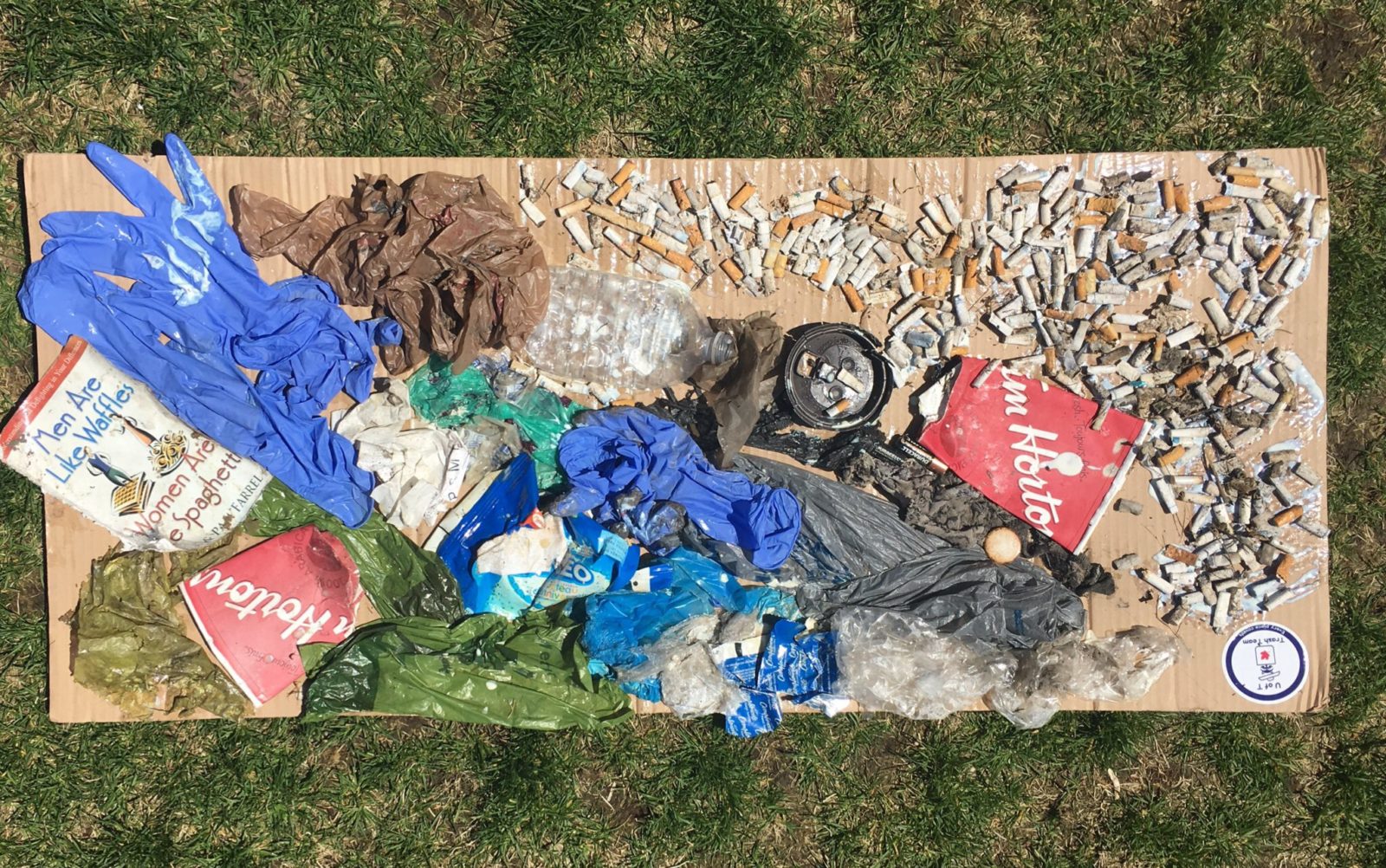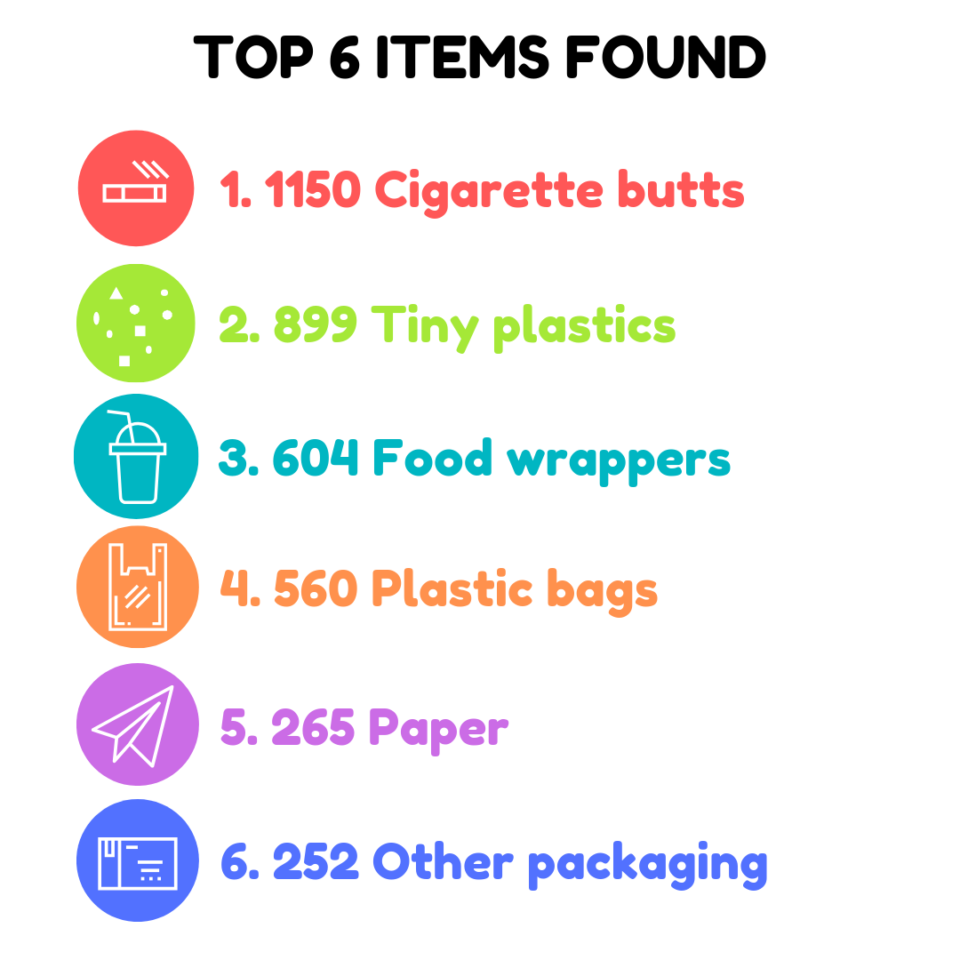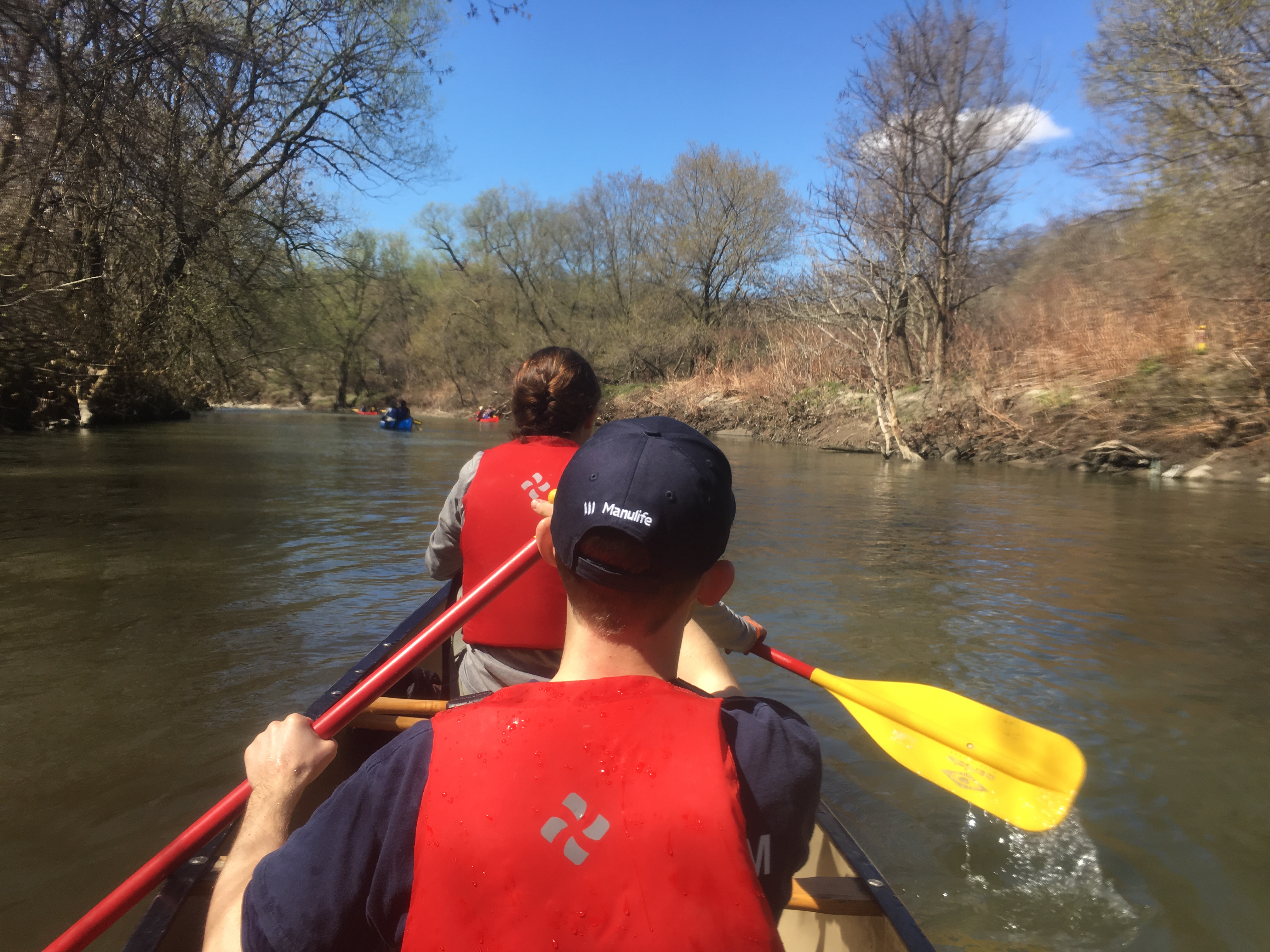Keeping Canada’s Most Urbanized Watershed Clean
Published by Ocean Conservancy
This blog post was written by Sam Athey, Bonnie Hamilton and Chelsea Rochman, from the University of Toronto’s Trash Team.
On May 5th, 2019, more than 100 dedicated volunteers grabbed bags to participate in the University of Toronto’s Trash Team’s 2nd Annual Cleanup the Don, a collaboration with the Toronto Region Conservation Authority (TRCA) and Ocean Conservancy’s International Coastal Cleanup (ICC) coordinator in Canada, the Great Canadian Shoreline Cleanup. In conjunction with the TRCA’s annual Paddle the Don event, Cleanup the Don brought members of the community down to the Don River to traverse and conserve one of Toronto’s most important watersheds.
Stay up to date on ocean news!
Stretching nearly 24 miles and spanning more than 88,000 acres, the Don River is one of the largest rivers entering Lake Ontario. The Don River Valley is a popular area for recreational activities, including biking, running, fishing and canoeing. The area is also home to a wide variety of wildlife, including some endangered species like the Redside dace fish and American chestnut tree.
Habitat loss and chemical pollution are major threats to urbanized watersheds like the Don River. Estimates from our most recent University of Toronto Trash Team survey of the river suggest it is also an important route for hundreds of pounds of plastic litter from urbanized areas (like the Greater Toronto Area) to enter the Great Lakes every year.
This year for Cleanup the Don, 107 volunteers spread out across five sites from E.T. Seton Park to Corktown Commons, a six-mile stretch. In all, we removed approximately 550 pounds of plastic litter from the shorelines.




The top six trash items closely tracked what volunteers find during the ICC every year, including cigarette butts (25%), plastic food wrappers (13%), plastic bags and other single-use plastics. We were also surprised to find some unusual items, including a tent and VHS tape cover. Some litter collected during this cleanup was used to create a mural depicting the Don River Valley. Repurposing litter into artwork can be a great way to raise awareness about how plastic pollution affects your local environment.
Since most plastic pollution comes from land-based sources, understanding the sources of plastics in the environment can help us “turn off the tap” or stop the flow of plastics to local waterways like the Don River. Single-use plastic restrictions (such as plastic bag bans) and improvements in waste management can help reduce the number of these items that end up in the environment. Below are five simple actions that individuals can make to help keep plastic from entering the Don River watershed and other waterways:
- Reduce your use of single-use plastics! Opt for more eco-friendly alternatives like reusable shopping bags and metal/glass straws.
- Clean up your local watershed. Join a local cleanup or start your own. Join Ocean Conservancy on the world’s largest single-day volunteer effort on behalf of the ocean, the International Coastal Cleanup. This year it’s September 21st, 2019. Tips on how to organize a cleanup in your area are available through the Great Canadian Shoreline Cleanup website.
- Know your bins! Be aware of which items go in green, black and blue bins. For guidance in the City of Toronto, check out the Waste Wizard app!
- Support legislative or community action to reduce single-use plastics and improve waste management in your area.
- Educate friends and family about the plastic pollution problem.
Keep an eye out for future cleanups and activities from the University of Toronto Trash Team on Twitter or through our website.


The post Keeping Canada’s Most Urbanized Watershed Clean appeared first on Ocean Conservancy.
Read the full article at: https://oceanconservancy.org/blog/2019/05/20/keeping-canadas-urbanized-watershed-clean/


